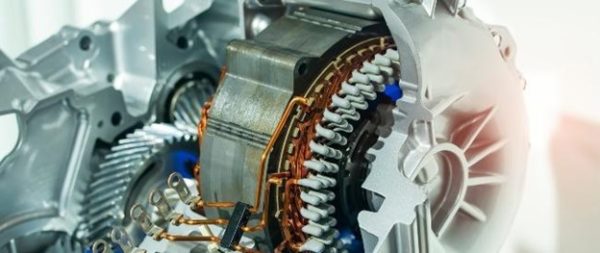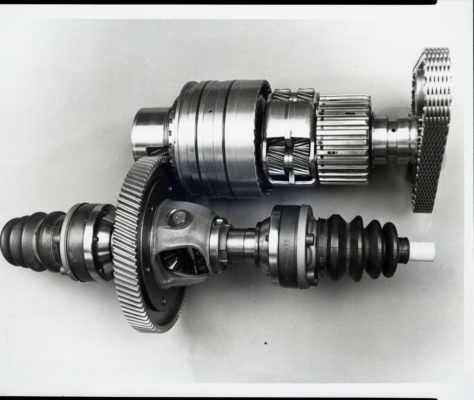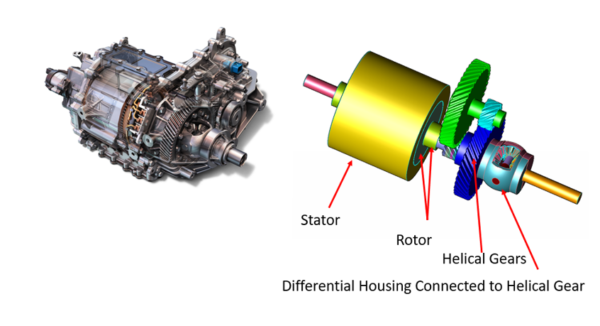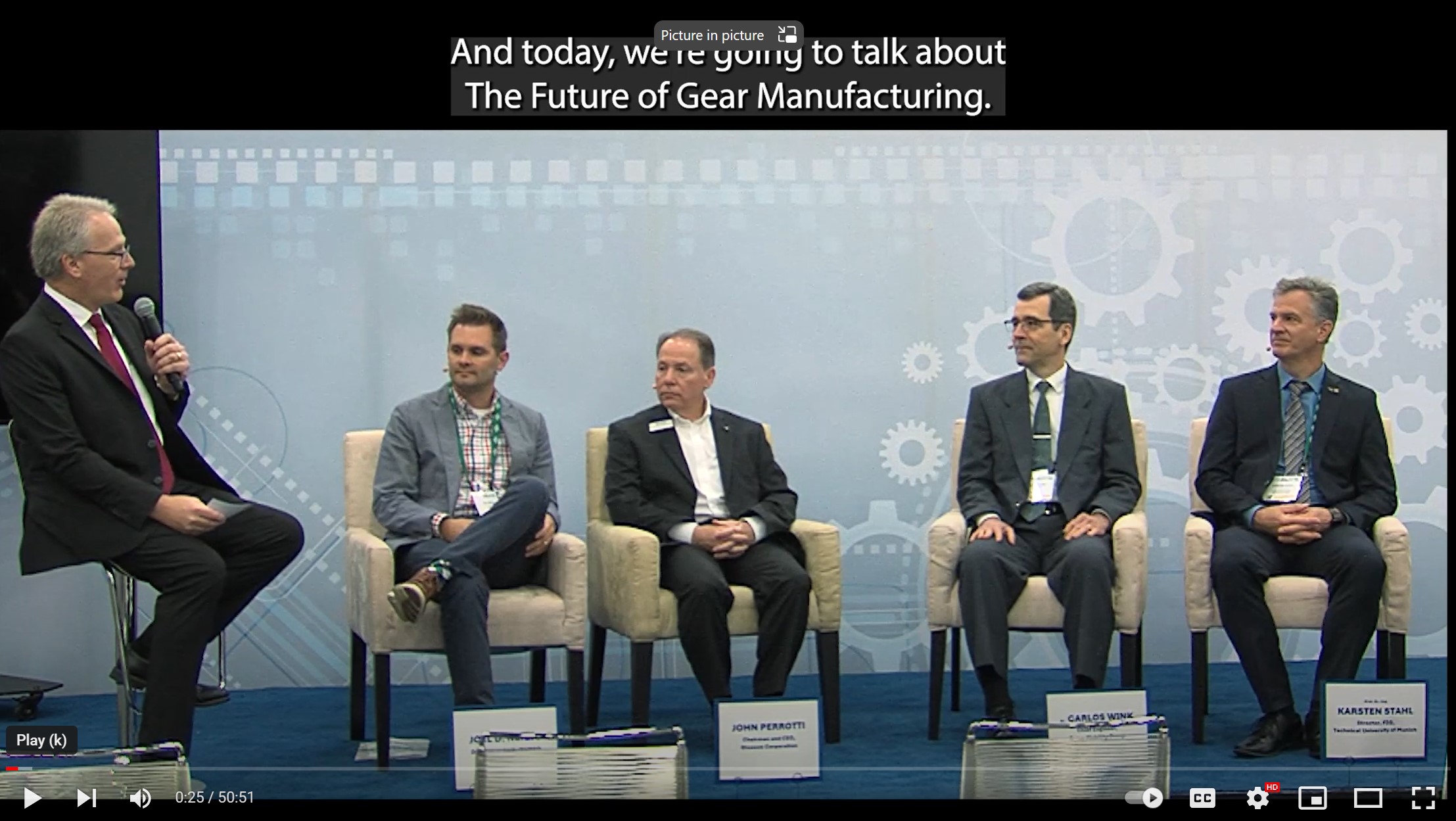E-Drives
Horizontal hobbing makes an ideal solution for geared shafts with interfering contours, including EV transmission shafts
Read More
Helping Electric Vehicle Manufacturers Compete
Gear skiving is the fastest-growing method of gear machining
Read More















